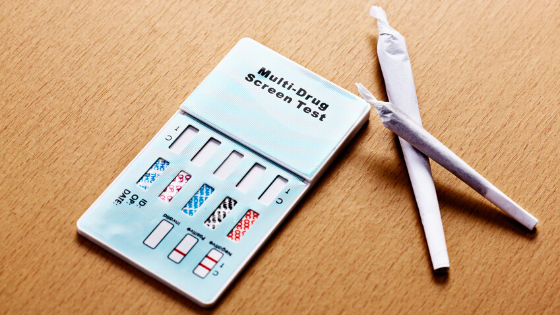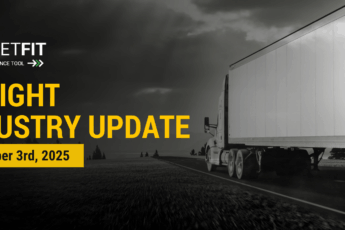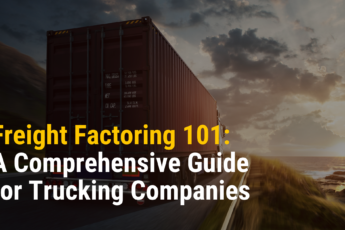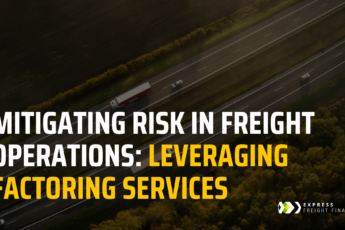Late last year, the FMCSA announced that starting in January, they were going to increase random drug testing rates from 25 percent to 50 percent. This latest round of drug testing will have a number of impacts on the trucking industry.
Drug Testing and the FMCSA’s Clearinghouse
Par of the reason the FMCSA is increasing the rate of random drug testing has to do with the Drug and Alcohol Clearinghouse. It is now mandatory that drivers who want to work for carriers have their data entered into the clearinghouse.
Carriers must also use the Drug and Alcohol Clearinghouse – not only when hiring – but to maintain records of drivers. Drivers applying for jobs must give consent to employers to look up their records before hiring.
Any drivers who are currently employed that fail drug tests must have their records updated in the national database.
Drug Testing and Compliance
Over the past two years, the FMCSA has been collecting data on substance abuse in the trucking industry. Compiled information indicated that employees who tested positive for substances in that time rose to greater than one percent or roughly 32,000 drivers in an industry that employs 3.2 million truckers.
Because the FMCSA is focused on safety, this number was too big to be ignored. Additionally, in surveys sent out by the FMCSA regarding drugs and testing, less than 50 percent were returned, so there were no accurate results.
Hence the FMCSA is stepping up random drug testing to get the number of drivers who test positive down to less than one percent and as close to zero as possible.
Drug Testing and the Cost to Carriers
By increasing the rate of random testing from 25 percent to 50 percent, the yearly cost to the trucking industry will increase by up to $70 million.
The threshold for alcohol testing will still remain at 10 percent, and the FMCSA is still trying to figure out how to handle its stance on marijuana testing as more states legalize the drug.
The goal is to bring the number of active drivers who test positive down to pre-2016 levels or lower.
The cost will be a burden to the trucking industry, but the payoff of increased random testing will be safer roads, fewer fines for carriers, a cleaner workforce, and potentially lowered insurance premiums due to a decrease in accidents and injuries while under the influence.






